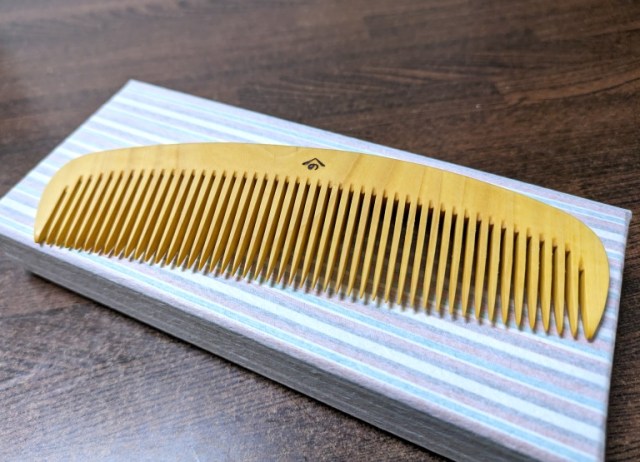
And if you’d rather have a 60,000-yen comb, this Asakusa shop has some of those too.
Asakusa is considered to be Tokyo’s most culturally significant neighborhood, largely due to the presence of the Sensoji Buddhist temple. However, there’re are other historical sites all around Asakusa.
For example, walking past Yonoya, from the store’s classical Japanese architecture you can tell that the company has been making combs for a long time. What you might not guess, though, is just how long: more than 300 years.
Yonoya was founded in 1717, during the reign of Tokugawa Yoshimune, the eighth Tokugawa shogun, and so for their first 150 years of selling combs Japan was still under feudal rule and sealed off from the rest of the world. The company opened its first shop in what’s now Tokyo’s Bunkyo Ward, then moved to their current location not far from Sensoji in the 1910s. So yes, they’ve now got over a century of history even at their “new” location.
While Yonoya also sells kanzashi (ornamental hairpins), their main focus is on boxwood combs, which are called tsugegushi if you’re asking for them in Japanese. As you can tell from the shop’s interior, Yonoya is a quality-over-quantity kind of company, and an immense amount of care and craftsmanship goes into every one of the pieces they offer, starting with the choice of material.
Yonoya uses boxwood because it’s a dense, hard wood. That makes it resistant to bending or warping, and the structural rigidity that boxwood provides is critical. Incidentally, boxwood is also used by Japanese artisans for high-quality abacus beads and pieces for shogi, Japan’s traditional chess-like board game.
Not just any boxwood will do, either. Yonoya sources its materials from Ibusuki, a town in Kagoshima Prefecture, on the opposite side of the country from Tokyo. Before being shipped out of Ibusuki, the boxwood is dried and fumigated over the course of 30 years to strengthen the material. It’s then shipped to the castle town of Kishiwada, Osaka Prefecture, for initial processing by a local company that’s been in the business for generations as well. Then, finally, it arrives at Yonoya, whose craftsmen apply the finishing touches to the combs so that they meet their exacting standards.
In other words, making a Yonoya comb requires a lot of work by a lot of highly specialized artisans, and so their combs don’t come cheap. Even for Yonoya’s non-lacquered combs, you could wind up paying close to 60,000 yen (US$400), depending on how fancy you want to get with the detailing.
Eye-popping as the prices may be, on our Japanese-language reporter Mr. Sato’s visit, he couldn’t help wondering how it would feel to use such a luxurious comb. Recently he’s been growing his hair out, but the longer it gets, the messier it gets, and no amount of effort with his run-of-the-mill plastic comb is doing much to smooth it out.
▼ Sometimes the comb just gets stuck, and he says the heck with it.
So Mr. Sato asked Yonoya’s staff if they could help him pick out a comb, and preferably one that wouldn’t hurt his wallet too much. The first thing to consider, they told him, is the amount of spacing between the combs teeth. Yonoya’s come in three different styles, fine, medium, and coarse, with the general rule being the longer your hair, the coarser spacing you should choose.
Given Mr. Sato’s shoulder-length locks, they recommended a medium-toothed comb. Next, you’ll need to suggest the length of the spine. Here, your options are 3 sun 8 bun, 4 sun 2 bun, 4 sun 5 bun, and an even 5 sun.
Yes, Yonoya is so old-school that they still make their combs to the specifications of traditional pre-metric system Japanese measurement units. Mercifully, they also provide their approximate equivalents of 11.5, 13, 14, and 15 centimeters (4.5, 5.1, 5.5, and 5.9 inches). The longer the spine, the easier it usually is to pass the teeth through your hair, they explained, and since ease of use is what Mr. Sato was looking for, he opted for a 15-centimeter.
Total price, after tax? 29,700 yen (US$198).
▼ But they did throw in a case for free.
This was, by far, the most money Mr. Sato has ever spent on a comb. As soon as he held it in his hand, though, he could tell this was a quality piece, with the wood smooth and light yet obviously sturdy.
But more importantly, it felt amazingly good to use, passing cleanly through his unruly hair and greatly smoothing out unwanted kinks. While it didn’t get his naturally wavy hair completely straight, the results were far more neat and orderly than what he could do with his old plastic comb.
▼ Left: plastic comb
Right: Yonoya comb
Yonoya’s combs are a lot of money, but they also provide a lot of quality. And remember what we said about how the wood is carefully selected to retain its shape? If you take care of a Yonoya comb, it’ll last you for decades, the company says, so if you think of the price in terms of your total comb cost for the next 20 years or so, on an annual basis it suddenly doesn’t seem as expensive.
On the other hand, there’s no denying that nearly 30,000 yen is a lot of money to pay for a comb, so ultimately the question of “Is it worth it?” is probably going to come down to how serious you are about your haircare. In Mr. Sato’s case, at least, he’s feeling good about his purchase, and looking good too.
Shop information
Yonoya / よのや
Address: Tokyo-to, Taito-ku, Asakusa 1-37-10
東京都台東区浅草1-37-10
Open 10:30 a.m.-5 p.m.
Closed every Wednesday, irregularly on Tuesdays and Thursdays
Website
Photos ©SoraNews24
● Want to hear about SoraNews24’s latest articles as soon as they’re published? Follow us on Facebook and Twitter!

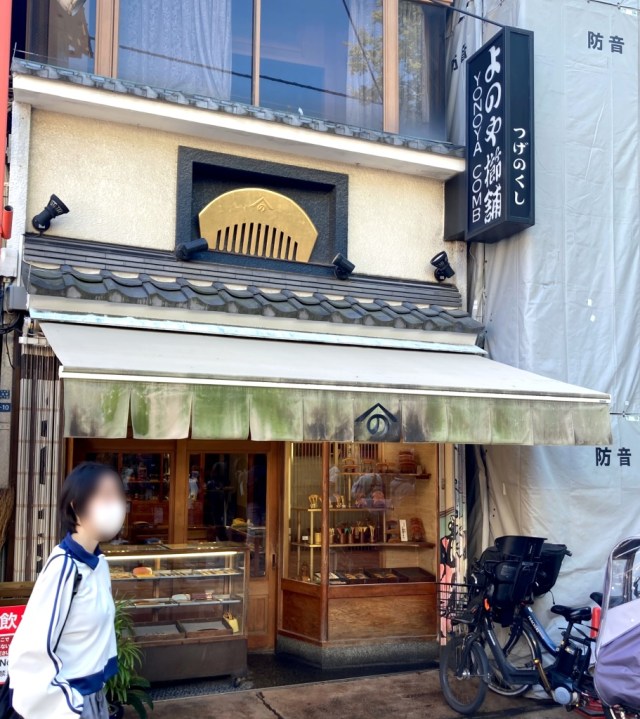
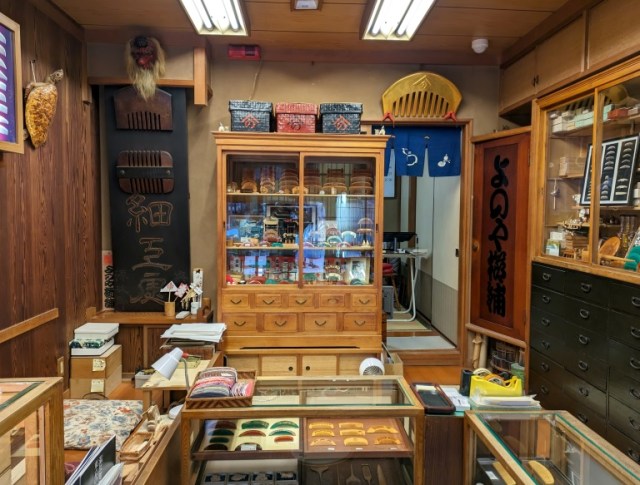
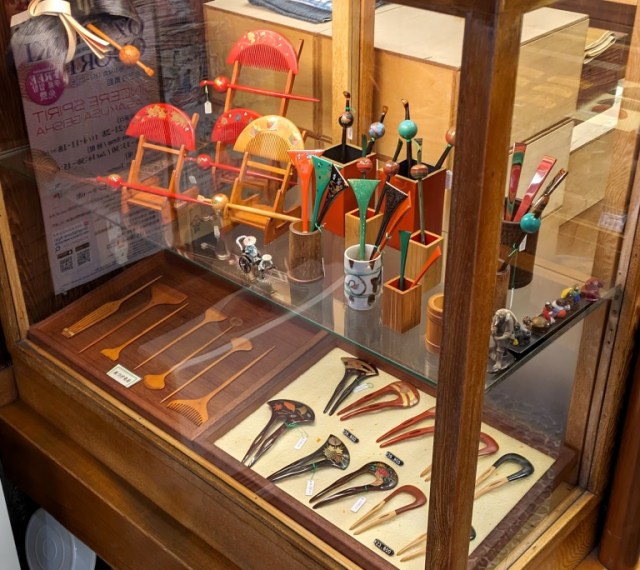
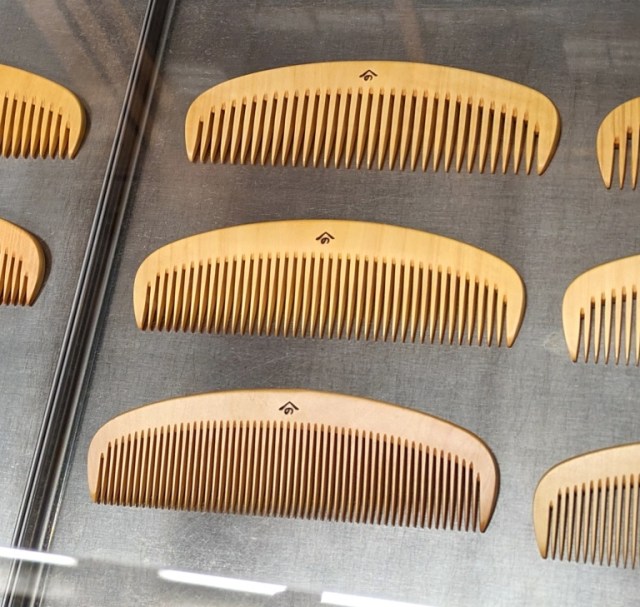
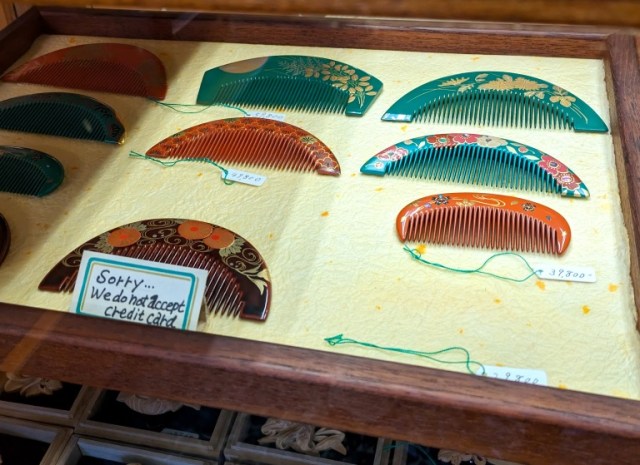
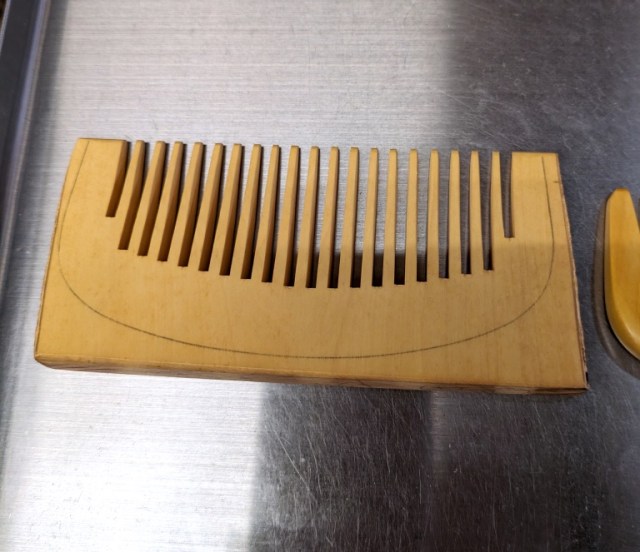
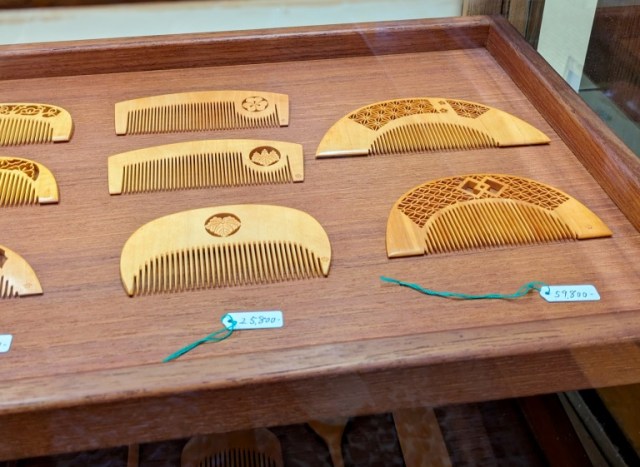
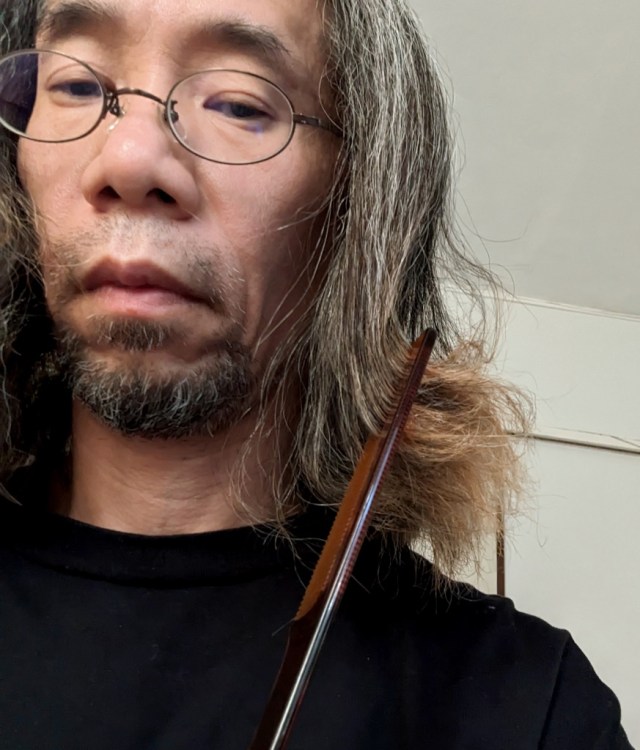
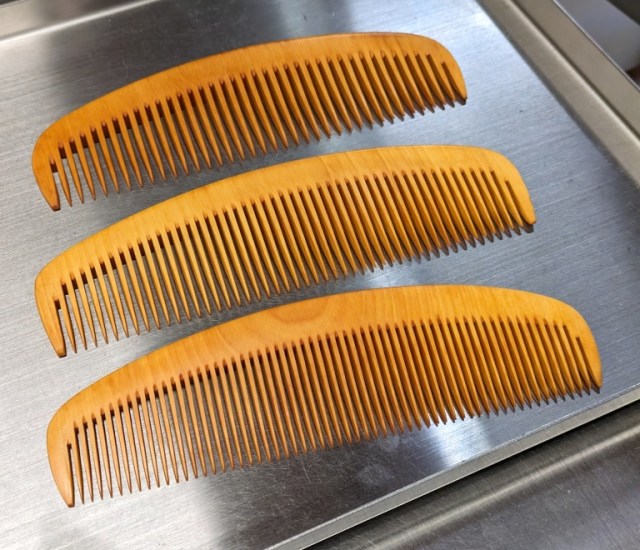
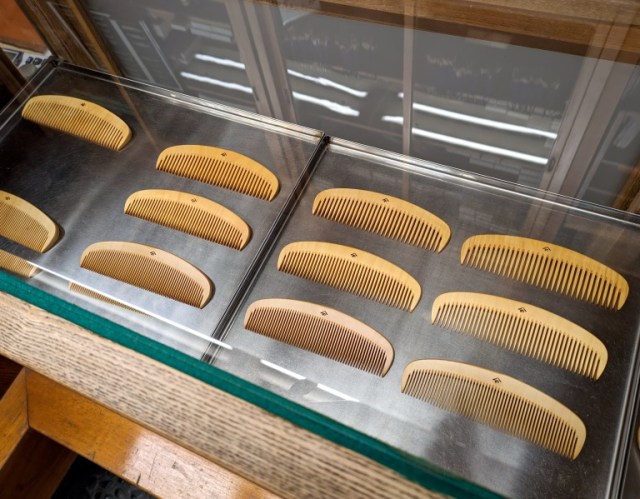
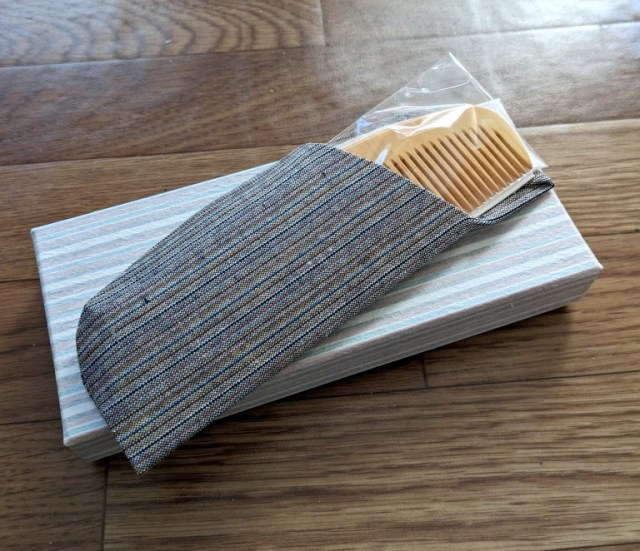
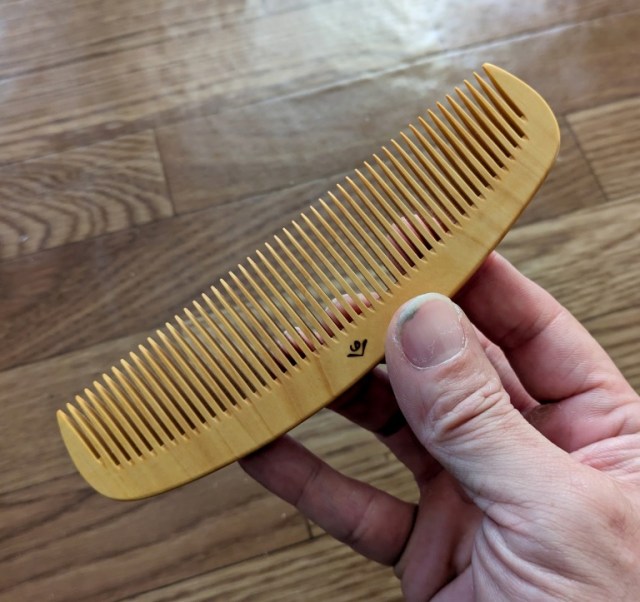
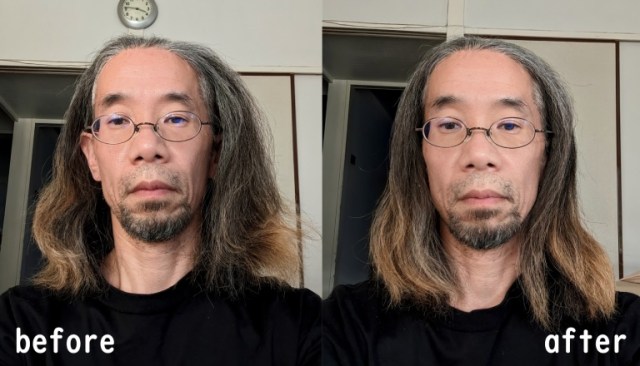
 We run a camellia oil-infused brush through our tresses and set them a-gleam, only spend 100 yen
We run a camellia oil-infused brush through our tresses and set them a-gleam, only spend 100 yen Trial begins in the case of Mario Kart v. Mari Car
Trial begins in the case of Mario Kart v. Mari Car Expensive Japanese nail clippers: Are they worth it?
Expensive Japanese nail clippers: Are they worth it? Mayo: Just as good for shiny, healthy hair as it is for sandwiches, say Japanese beauty tips
Mayo: Just as good for shiny, healthy hair as it is for sandwiches, say Japanese beauty tips 100-year-old brush shop in Tokyo sells a Japanese body brush that’s painfully good
100-year-old brush shop in Tokyo sells a Japanese body brush that’s painfully good Foreigner’s request for help in Tokyo makes us sad for the state of society
Foreigner’s request for help in Tokyo makes us sad for the state of society French Fries Bread in Tokyo’s Shibuya becomes a hit on social media
French Fries Bread in Tokyo’s Shibuya becomes a hit on social media Japanese city loses residents’ personal data, which was on paper being transported on a windy day
Japanese city loses residents’ personal data, which was on paper being transported on a windy day Should you add tartar sauce to Japanese curry rice? CoCo Ichi makes diners an unusual offer
Should you add tartar sauce to Japanese curry rice? CoCo Ichi makes diners an unusual offer Akihabara pop-up shop sells goods made by Japanese prison inmates
Akihabara pop-up shop sells goods made by Japanese prison inmates Seaside scenery, history, and so many desserts on Yokohama’s Akai Kutsu【Japan Loop Buses】
Seaside scenery, history, and so many desserts on Yokohama’s Akai Kutsu【Japan Loop Buses】 McDonald’s new Happy Meals offer up cute and practical Sanrio lifestyle goods
McDonald’s new Happy Meals offer up cute and practical Sanrio lifestyle goods Harajuku Station’s beautiful old wooden building is set to return, with a new complex around it
Harajuku Station’s beautiful old wooden building is set to return, with a new complex around it Smash Bros. director Sakurai stabs Kirby in the face, has delicious justification for it
Smash Bros. director Sakurai stabs Kirby in the face, has delicious justification for it Ghibli Park now selling “Grilled Frogs” from food cart in Valley of Witches
Ghibli Park now selling “Grilled Frogs” from food cart in Valley of Witches Japanese ramen restaurants under pressure from new yen banknotes
Japanese ramen restaurants under pressure from new yen banknotes Studio Ghibli releases new action figures featuring Nausicaä of the Valley of the Wind characters
Studio Ghibli releases new action figures featuring Nausicaä of the Valley of the Wind characters Red light district sushi restaurant in Tokyo shows us just how wrong we were about it
Red light district sushi restaurant in Tokyo shows us just how wrong we were about it New private rooms on Tokaido Shinkansen change the way we travel from Tokyo to Kyoto
New private rooms on Tokaido Shinkansen change the way we travel from Tokyo to Kyoto Tokyo Tsukiji fish market site to be redeveloped with 50,000-seat stadium, hotel, shopping center
Tokyo Tsukiji fish market site to be redeveloped with 50,000-seat stadium, hotel, shopping center Beautiful Ghibli sealing wax kits let you create accessories and elegant letter decorations【Pics】
Beautiful Ghibli sealing wax kits let you create accessories and elegant letter decorations【Pics】 Studio Ghibli releases Kiki’s Delivery Service chocolate cake pouches in Japan
Studio Ghibli releases Kiki’s Delivery Service chocolate cake pouches in Japan New definition of “Japanese whiskey” goes into effect to prevent fakes from fooling overseas buyers
New definition of “Japanese whiskey” goes into effect to prevent fakes from fooling overseas buyers Our Japanese reporter visits Costco in the U.S., finds super American and very Japanese things
Our Japanese reporter visits Costco in the U.S., finds super American and very Japanese things All-you-can-drink Starbucks and amazing views part of Tokyo’s new 170 meter-high sky lounge
All-you-can-drink Starbucks and amazing views part of Tokyo’s new 170 meter-high sky lounge More foreign tourists than ever before in history visited Japan last month
More foreign tourists than ever before in history visited Japan last month New Pokémon cakes let you eat your way through Pikachu and all the Eevee evolutions
New Pokémon cakes let you eat your way through Pikachu and all the Eevee evolutions Disney princesses get official manga makeovers for Manga Princess Cafe opening in Tokyo
Disney princesses get official manga makeovers for Manga Princess Cafe opening in Tokyo Sales of Japan’s most convenient train ticket/shopping payment cards suspended indefinitely
Sales of Japan’s most convenient train ticket/shopping payment cards suspended indefinitely Sold-out Studio Ghibli desktop humidifiers are back so Totoro can help you through the dry season
Sold-out Studio Ghibli desktop humidifiers are back so Totoro can help you through the dry season Japanese government to make first change to romanization spelling rules since the 1950s
Japanese government to make first change to romanization spelling rules since the 1950s Ghibli founders Toshio Suzuki and Hayao Miyazaki contribute to Japanese whisky Totoro label design
Ghibli founders Toshio Suzuki and Hayao Miyazaki contribute to Japanese whisky Totoro label design Doraemon found buried at sea as scene from 1993 anime becomes real life【Photos】
Doraemon found buried at sea as scene from 1993 anime becomes real life【Photos】 Tokyo’s most famous Starbucks is closed
Tokyo’s most famous Starbucks is closed One Piece characters’ nationalities revealed, but fans have mixed opinions
One Piece characters’ nationalities revealed, but fans have mixed opinions We asked a Uniqlo employee what four things we should buy and their suggestions didn’t disappoint
We asked a Uniqlo employee what four things we should buy and their suggestions didn’t disappoint Princesses, fruits, and blacksmiths: Study reveals the 30 most unusual family names in Japan
Princesses, fruits, and blacksmiths: Study reveals the 30 most unusual family names in Japan Style your hair like a cat with kitty saliva hair gel from Japan
Style your hair like a cat with kitty saliva hair gel from Japan Japanese subway conductor sues city for legal right for his beard to exist, monetary compensation
Japanese subway conductor sues city for legal right for his beard to exist, monetary compensation Mr. Sato asks the police how he can avoid getting hassled by them
Mr. Sato asks the police how he can avoid getting hassled by them Japanese college students share four ways anime high school is different from real high school
Japanese college students share four ways anime high school is different from real high school We treat ourselves to overnight 100-yen curlers from Daiso: are they worth looking this goofy?
We treat ourselves to overnight 100-yen curlers from Daiso: are they worth looking this goofy? You can raise your own Pikachu from a furball with this adorable new plushie line from Japan
You can raise your own Pikachu from a furball with this adorable new plushie line from Japan What’s funnier and more likely to make you study than poo? How about male pattern baldness?
What’s funnier and more likely to make you study than poo? How about male pattern baldness? Mr. Sato channels his inner Elsa, books a night at a Hokkaido ice hotel 【Photos】
Mr. Sato channels his inner Elsa, books a night at a Hokkaido ice hotel 【Photos】 Historic Asakusa shopping street in danger as Taito Ward calls for shop evictions
Historic Asakusa shopping street in danger as Taito Ward calls for shop evictions Japanese deodorant sheets for ladies smell so nice some guys don’t need the actual girl
Japanese deodorant sheets for ladies smell so nice some guys don’t need the actual girl Pretty Princess Sato: Our hero gets his makeup done by a pro, brings all the boys to the yard
Pretty Princess Sato: Our hero gets his makeup done by a pro, brings all the boys to the yard Mr. Sato goes to a Korean-style shaved ice cafe, makes several mistakes, still has a great time
Mr. Sato goes to a Korean-style shaved ice cafe, makes several mistakes, still has a great time Chiba election heating up with surprise marriage proposal and an ambitious Disney-loving clown full of promises
Chiba election heating up with surprise marriage proposal and an ambitious Disney-loving clown full of promises Mr. Sato’s day made from this gacha capsule toy with a special surprise【Pics】
Mr. Sato’s day made from this gacha capsule toy with a special surprise【Pics】 Does Japan’s “body fat-burning” bottled tea really work? Our 30-day investigation 【RocketScience】
Does Japan’s “body fat-burning” bottled tea really work? Our 30-day investigation 【RocketScience】
Leave a Reply